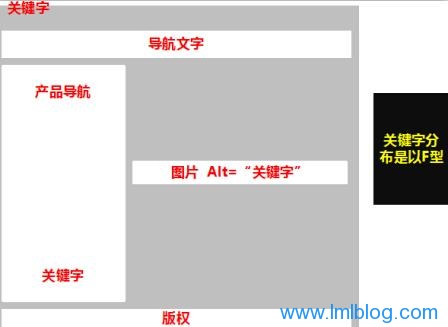一、网站交互性

二、网站内容分类
娱乐性、新闻性、软文性、广告性、学术性、其他
三、关键字分布

重点突出,直截了当(不要让人猜,不要让人想,不要让人选)
关键字的选择:判断页面提供了什么内容。然后判断潜在受众可能使用哪些词来搜索您的页面,并根据这些词创建关键词。站在用户的立场去思考,这是选择关键字的基本原则。
关键字密度:强调的关键字或关键词在网页中出现的次数与网页中其他文本内容的比例。保持在3%-8%之间。

关键字出现的位置:自左上向下策略
文件名: Key1-key2.html
页面标题: <title>key1 key2 _ site name</title>
Meta标签: <meta name=“keywords” content=“key1,key2” />
Meta标签: <meta name=“description”content=“key1 and ke2 and other” />
H1标签: <h1>key1</h1>
网页文本: <p>…..key1….key2…..key1…..key1…</p>
图片注释: <img src=“1.jpg” alt=“key1 and other words” />
超链接: 尽量使用关键字作为连接的文本,而不直接给出链接地址。
<a href="../category/tuiguang/">SEO</a>
<a href="../category/tuiguang">http://www.bokequ.com/category/tuiguang</a>
超链接注释: <a href=“a.html” title=“key1 and other words”>key1 and other</a>


评论